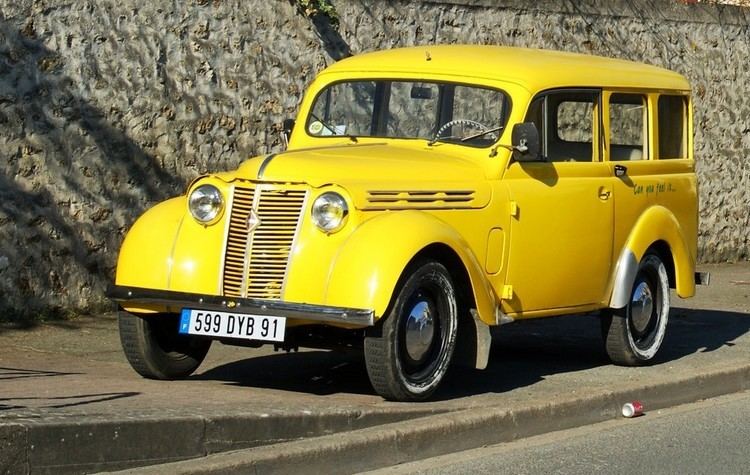Country Belgium Area 21.48 km2 Mayor Hans Bonte (SP.A) | Region | |
 | ||
GDP per capita 14,421.00 EUR (2005) | ||
Map of Vilvoorde
Vilvoorde ( [ˈvɪlvoːrdə], French: Vilvorde, historically known as Filford in English) is a Belgian municipality in the Flemish province of Flemish Brabant. The municipality comprises the city of Vilvoorde proper with its two outlying quarters of Koningslo and Houtem and the small town of Peutie. The nickname for inhabitants of Vilvoorde is Pjeirrefretters (horse eaters) because horse meat (specially steak) is a beloved food in Vilvoorde.
Contents
- Map of Vilvoorde
- Pkt2 liege vilvoorde its this way follow me okay maybe the other way
- Beautiful panna by leamssi at electrabel street heroes 2014 in vilvoorde
- Origins
- Middle Ages
- 15th century until now
- Local government
- Sights
- Events
- Famous inhabitants
- Twin cities
- References
The official language of Vilvoorde is Dutch. There is a French-speaking minority of about 20%, concentrated especially in the Koningslo quarter bordering Brussels. The French-speaking minority is represented by 3 members on the 33-seat local council. The city is also home to a large Spanish minority. In the center of the city, 1 out of 10 inhabitants have Spanish nationality and the proportion of Belgians with Spanish roots is even greater. Most immigrated after World War II, from Peñarroya-Pueblonuevo in Andalusia. There is also a large Moroccan community, and many smaller communities of more recent immigrants including Turks, Macedonians and Portuguese.
From 2000 until August 1, 2007, the mayor of Vilvoorde was former Belgian prime minister Jean-Luc Dehaene. The mayor since 2013 is Hans Bonte, also a member of the federal House of Representatives.
Pkt2 liege & vilvoorde its this way, follow me okay, maybe the other way
Beautiful panna by leamssi at electrabel street heroes 2014 in vilvoorde
Origins
The Nervii, and later the Romans, probably already settled in this strategic place near the river Zenne. The name Filfurdo was first mentioned in a 779 document whereby Pippin of Herstal ceded this territory to the Abbey of Chèvremont, near Liège. This name presumably derived from the word equivalents villa at the ford or river crossing.
Middle Ages
In the 12th century, a small town started to grow, which quickly became a target for the ambitions of the dukes of Brabant and lords of Grimbergen. Henry I, Duke of Brabant granted the city its charter of rights as soon as 1192, mainly to ensure the support of the inhabitants against powerful neighbouring Flanders. The rights to build defensive walls and to export its products gave Vilvoorde a great economic boost, driven mostly by the cloth industry. In the 14th century, thanks to its position on the Zenne, Vilvoorde became an important military centre and could compete against Leuven and Brussels for the title of most important city in Brabant.
15th century until now
.
From the 15th to the 19th century, however, Vilvoorde suffered a prolonged decline, mainly because of the competition from Brussels, a general malaise in the textile industry, and the result of epidemics and wars, both political and religious.
In 1597 Anna Utenhoven, an Anabaptist accused of heresy, was buried alive at Vilvoorde - the last of the Protestants suffering martyrdom for their faith in the history of the Habsburg Netherlands. Anthony van Stralen, Lord of Merksem and Jan van Casembroot both were executed in Vilvoorde.
The advent of the Industrial Revolution in the late 18th century was a godsend to Vilvoorde, which could quickly capitalize on its proximity to Brussels and its good transportation infrastructure: the deepening of the canals around 1830 and the advent of the railways in 1835. Soon, the medieval buildings gave way to newer and better constructions. The 1489 city hall was replaced by the neo-classical building we see today.
In the 1920s, the canal was broadened and deepened again, lined with new industrial zones, and an inland port was built to receive the freightliners. Following its liberation by the British in 1944, Vilvoorde was administered by a joint British and Belgian municipality, with temporary British and Belgian Mayors, Lt Col (then Major) JME Howarth Esq and (Later Prof.) Robert Senelle, before transferring back to a civilian administration. Vilvoorde became (and still is) one of the largest industrial areas around Brussels, with a population that grew to five times what it was 150 years earlier. The recent economic crises have hit the city hard, especially when Renault closed its doors in 1997. The service industry is now taking the lead as Vilvoorde enters the 21st century.
Local government
Mayors of Vilvoorde:
